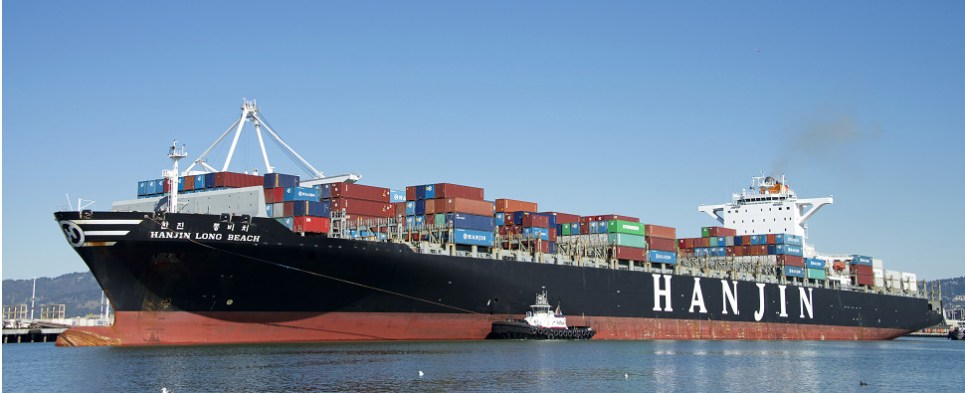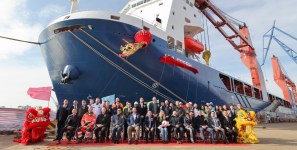Alphaliner: Impact of Hanjin Capacity Withdrawal Will be Short-Lived
Fears of capacity shortages in the wake of Hanjin’s collapse have faded, according to a recent report from the research firm Alphaliner. Nine extra sailings were carried off in September, according to Alphaliner, with another six sailings currently scheduled for this month.
On the Asia-Europe route, only one extra sailing was mounted while initial plans by Hyundai Merchant Marine to add one full Asia-Europe string have been scaled down due to weak demand. Spare capacity has allowed Hanjin’s former CKYHE partner carriers to shift volumes on other existing Asia-Europe loops.
“Hanjin’s erstwhile partners on the other affected sectors have also moved to replace Hanjin’s tonnage with their own ships on their jointly operated services,” the report said, “and arranged alternative solutions in order to minimize the impact of the service disruptions brought about by Hanjin’s sudden withdrawal.”
Spot rates on the transpacific and Asia-Europe routes jumped by some 25 percent to 50 percent in the immediate aftermath of Hanjin’s bankruptcy filing, Alphaliner noted, “they have now stabilized and may slip in the next few weeks before weakening further in October. China’s National Day Golden Week holidays starting today marks the start of the traditional slack season in ocean shipping from Asia.
The most pressing issue, according to Alphaliner, remains the stranded cargo on Hanjin operated vessels. “Hanjin has yet to announce any firm recovery plans and although some of its ships have docked over the last few days to discharge containers,” the report noted, “the majority of its fleet remain either idle at offshore anchorages or are slowed down at sea, with 75 out of 97 ships it operates still stuck with cargo on board.”





Leave a Reply